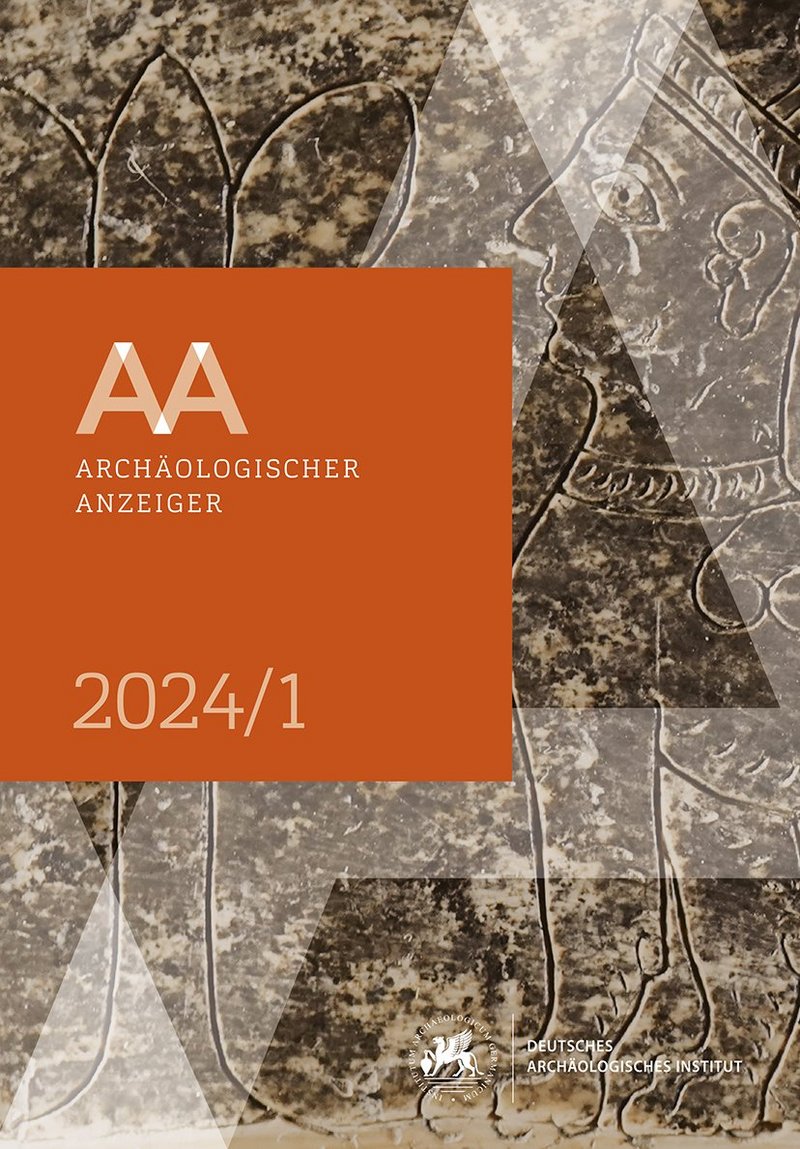Archäologischer Anzeiger: new issue online

Cover of the print edition of AA 2024/1 © DAI Zentrale // Coverbild: Archiv der Boğazköy-Grabung, DAI-Istanbul (Foto: Daniel Schwemer – Andreas Schachner). Gestaltung Catrin Gerlach nach Vorlage von Tanja Lemke-Mahdavi. Alle Rechte vorbehalten
All of the articles in AA 2024/1 are freely available in both PDF and Viewer editions: https://doi.org/10.34780/t8ad-4zk6
In the latest issue of the journal Archäologischer Anzeiger, several exceptional finds from Bogazköy-Hattuša are presented. These finds significantly expand our understanding of the Bronze Age settlement:
Cuneiform tablet with a previously unknown Indo-Germanic language
Last year, the discovery of a cuneiform tablet from the 13th century BC with a Hittite ritual text was made public. The tablet contains a recitation of a previously unknown Indo-Germanic language. In the article by Elisabeth Rieken, Ilya Yakubovich and Daniel Schwemer, the edition of the entire text with a detailed commentary is presented for the first time (https://doi.org/10.34780/v669-8p6f).
Artistic bone inlay
This year's report from the Bogazköy excavations (https://doi.org/10.34780/fa2t-66da) also presents the find of a remarkable bone inlay decorated with incisions. The object, which was created between the late 14th and 12th century BC, shows a sphinx, a lion and two trees of life. It was probably part of a piece of furniture used at banquets. The scene depicted is unique in the Hittite cultural area and thus provides an example of trans-regional relationships in this period.
Painted hieroglyphs in the Poterne of Yerkapı
Further research into the painted Anatolian hieroglyphs in the Poterne of Yerkapı has led to significant progress in the identification and interpretation of the signs, which provide important clues to understanding the Hittite city’s topography from the 16th century BC onwards. These results are also presented for the first time in the report on the Bogazköy excavations (https://doi.org/10.34780/fa2t-66da).
In line with the journal's profile, the current issue also includes several so-called micropublications in which brand-new results are presented in a concise form:
- Urban Voids in Gabii? Results of a Pilot GPR Survey (https://doi.org/10.34780/cd9g-2odf)
- A new gravestone of a veteran and former beneficiarius consularis from Mainz-Weisenau (https://doi.org/10.34780/256f-259f)
- The ‘Tomba Baccelli’ on the Via Latina in Rome (https://doi.org/10.34780/862i-9pet)
The other contributions present
- the oldest road surface in Didyma (https://doi.org/10.34780/mio3-65o9)
- a new contribution to the discussion of the kouros of Marion (https://doi.org/10.34780/h7 1f-m6xb)
- considerations on the origins of the terraced tempels in Egypt (https://doi.org/10.34780/4o9j-765r)
- a contribution on the central cult of the Lares in Rome from the Augustinian Period (https://doi.org/ 10.34780/bg53-g3fn)
- a synopsis of the evidence of destruction in Dyrrachium in the 2nd century AD (https://doi.org/10.34780/fy2b-mdb6).





